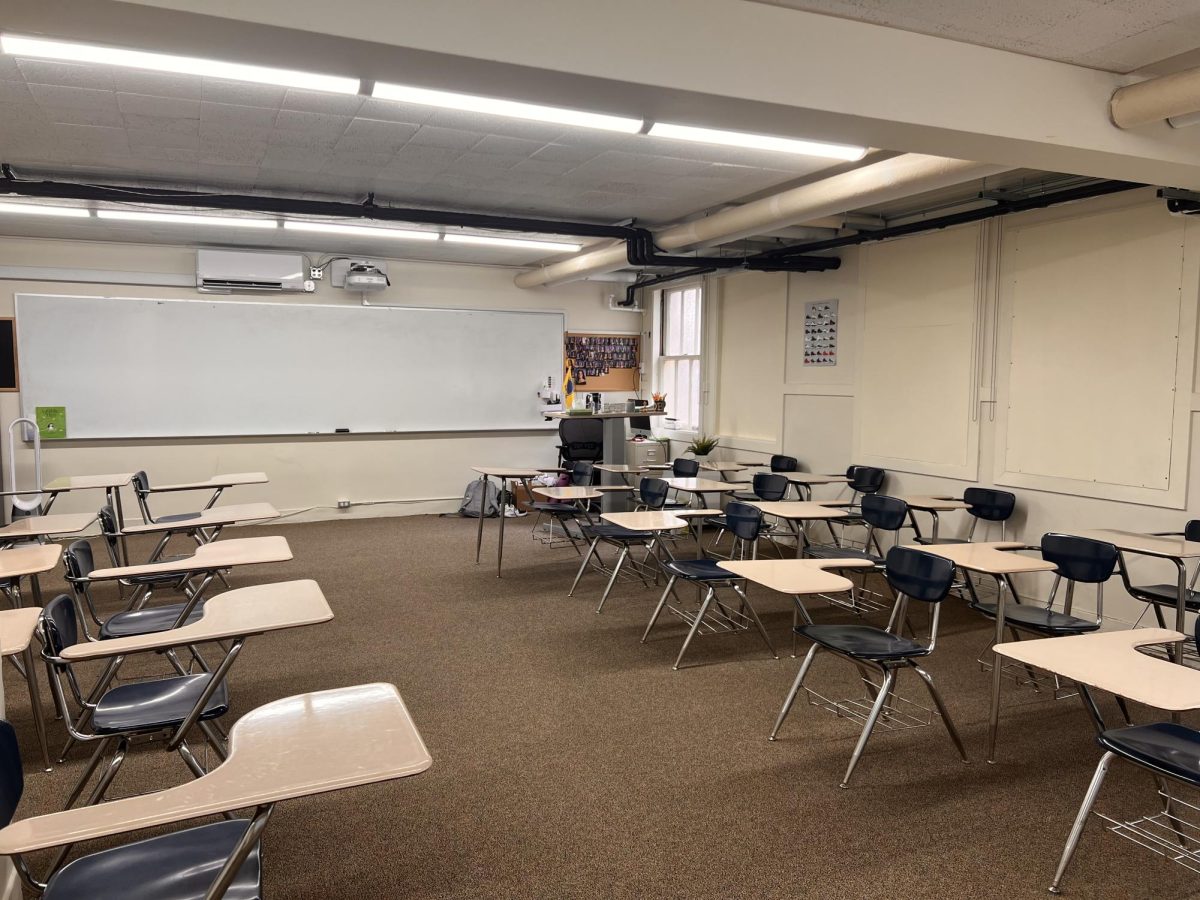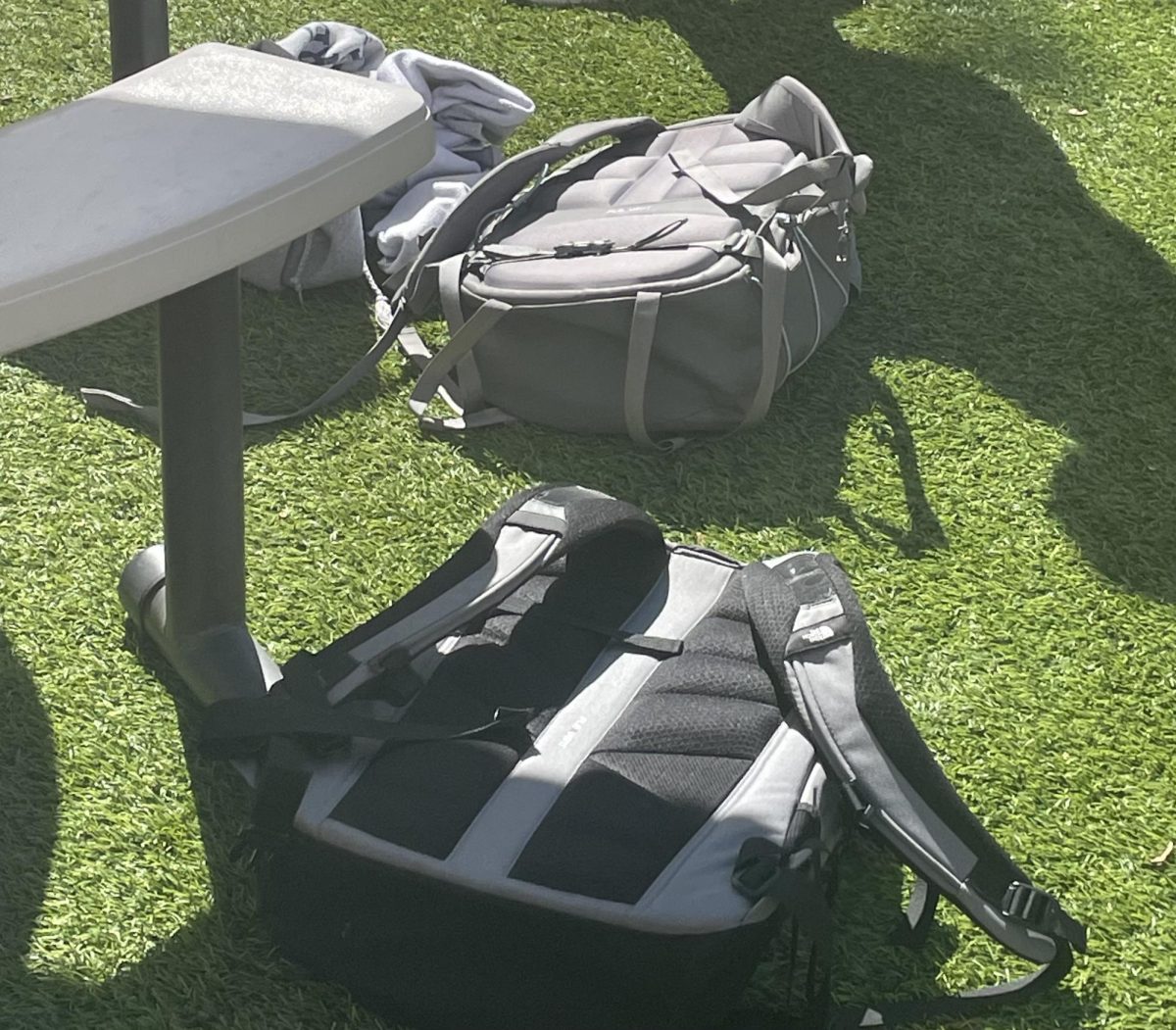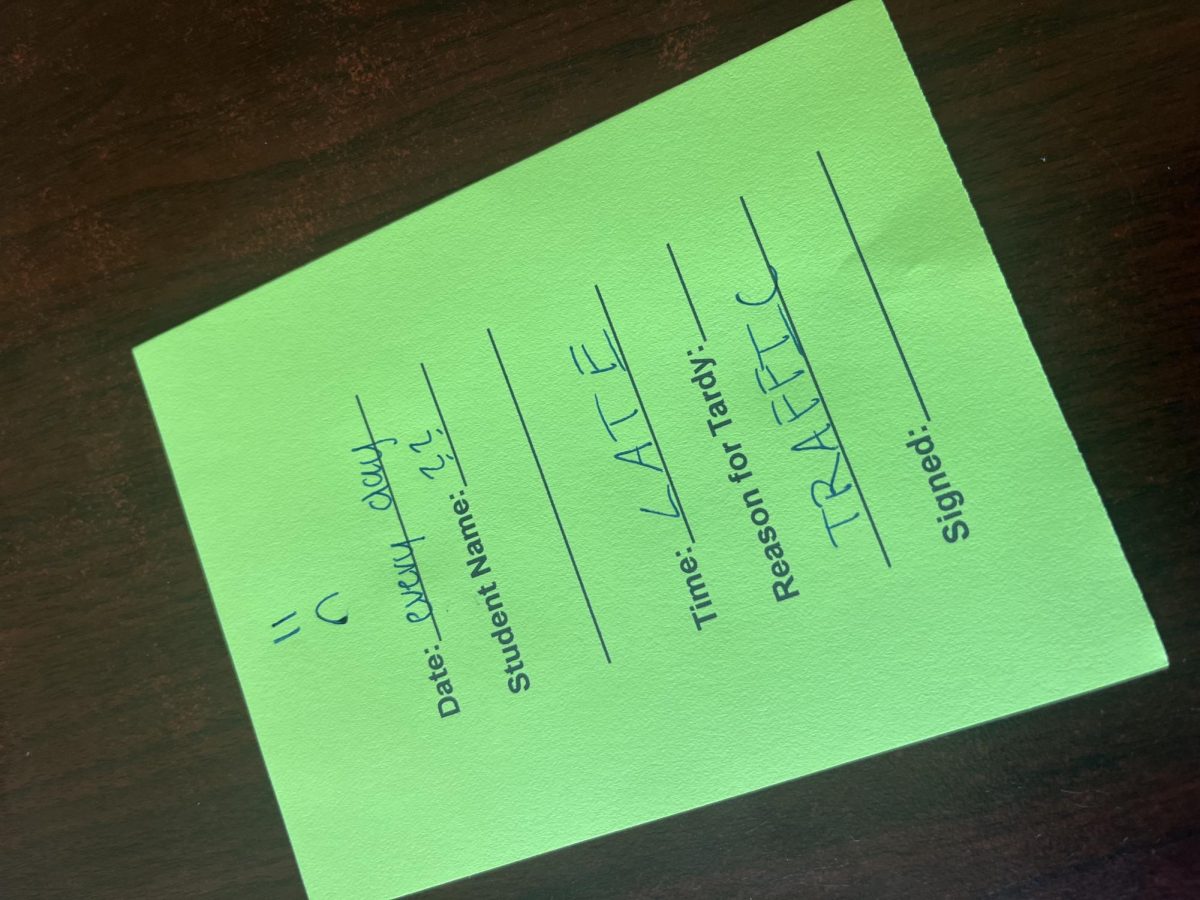At NDB, a health class is offered through the current P.E. program; however, it fails to cover certain topics such as female anatomy and sexually transmitted diseases. Other schools such as Mercy and Hillsdale prioritize these topics in their classes yet NDB still has some work to do.
According to Statista, 78% of female teens in the U.S. report that they learn more about the biology of frogs compared to the female body. While these numbers may sound uncomfortable it only puts the perspective through numbers.
Associate Head of School for Curriculum and Instruction Jolanda Breazeale is one of the administrators responsible for creating well-rounded classes, including the current Physical Education with Health class.
“Ms Mahoney actually helped build it out, which is one of the reasons we had Ms. Mahoney back in that class again, sort of recalibrating, because… there was some feedback that the minimum units that we were trying to cover were not being covered as in depth as we…would have liked,” Breazeale said.
Breazeale reports that in the past, sexual reproduction has been discussed in spiritual life and biology; however, these conversations have changed over the years. Despite recent changes, she looks forward to looking at where curriculum gaps can be changed.
“[A]s women, we need to know how to take care of ourselves, just as you know human beings in general. I do think it’s super important [to talk about female anatomy and reproduction]. I think that in terms of where we are right now, it sounds like if that’s the gap, then…I just need to make sure that we put it into our PE and health units, because that’s the course we have,” Breazeale explains.
Currently, Kate Mahoney serves as the Kinesiology Department Chair and teaches the health classes at NDB. Her syllabus covers nutrition, cancer drugs, smoking and alcohol.
“I actually did just have a conversation with the counseling department about trying to implement either in my class or potentially in another area of the school, or just counselors, kind of holding seminars to cover more details… and specifics about, like safe sex practices and like you said, reproductive systems, so that everyone…has kind of the basic knowledge that they should have” said Mahoney.
Junior Autumn Deetz-Rodriguez is amongst one of the many students who finds that covering topics such as the female body and sexual reproduction would be beneficial to high school students.
The last time Deetz-Rodriguez learned about the female body and common risks was in elementary school and from her parents.
“I think a good population of females are [uneducated on these topics] if they didn’t have that class in middle school and having it in high school could give the opportunity to those girls that didn’t have that health class [to learn]” she said.
Overall, teenagers have a right to learn about their body as well as the risks they can receive if being unsafe. By incorporating topics such as diseases, reproduction and female anatomy, students are prepared for any situation they may find themselves in.






